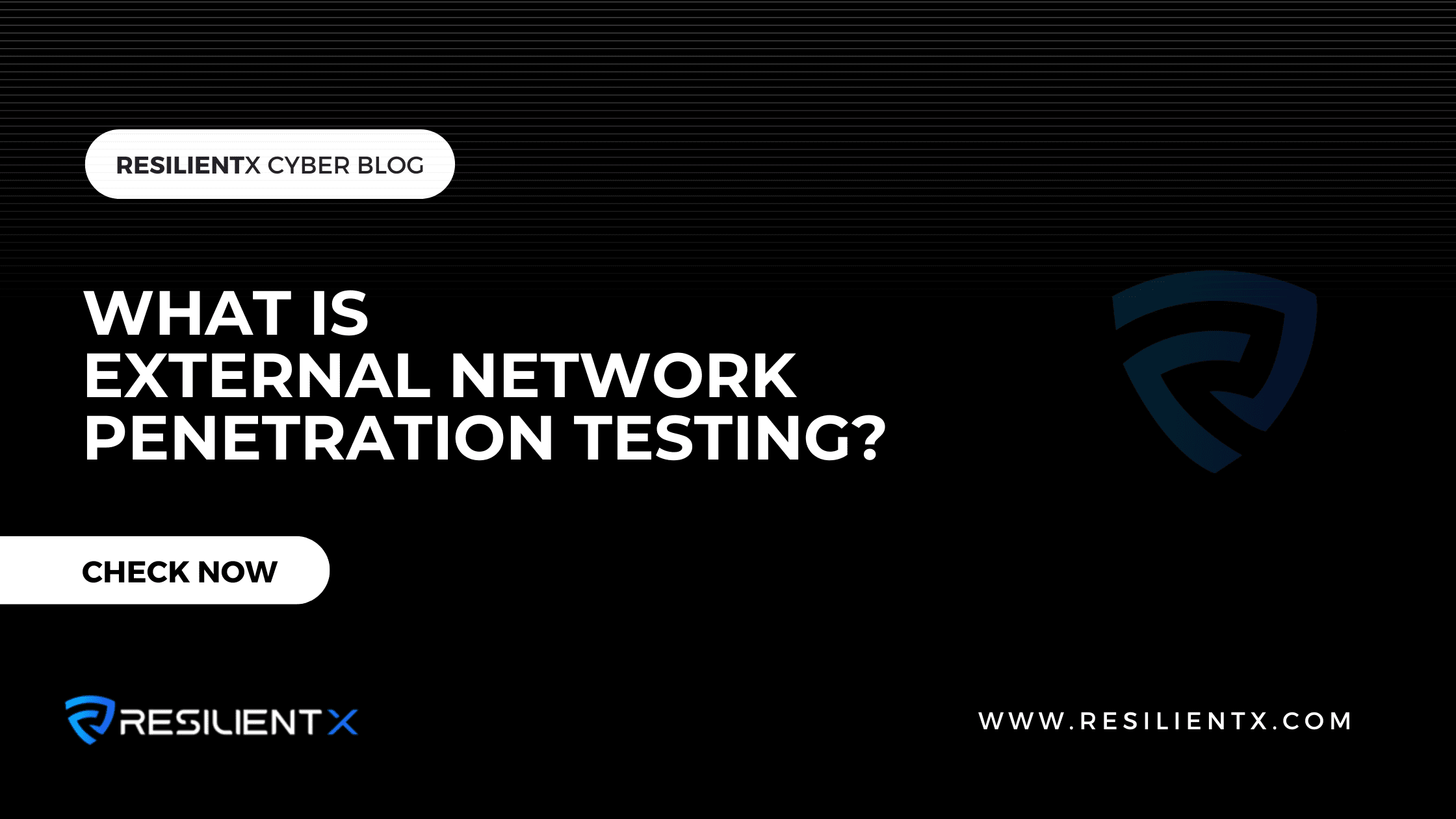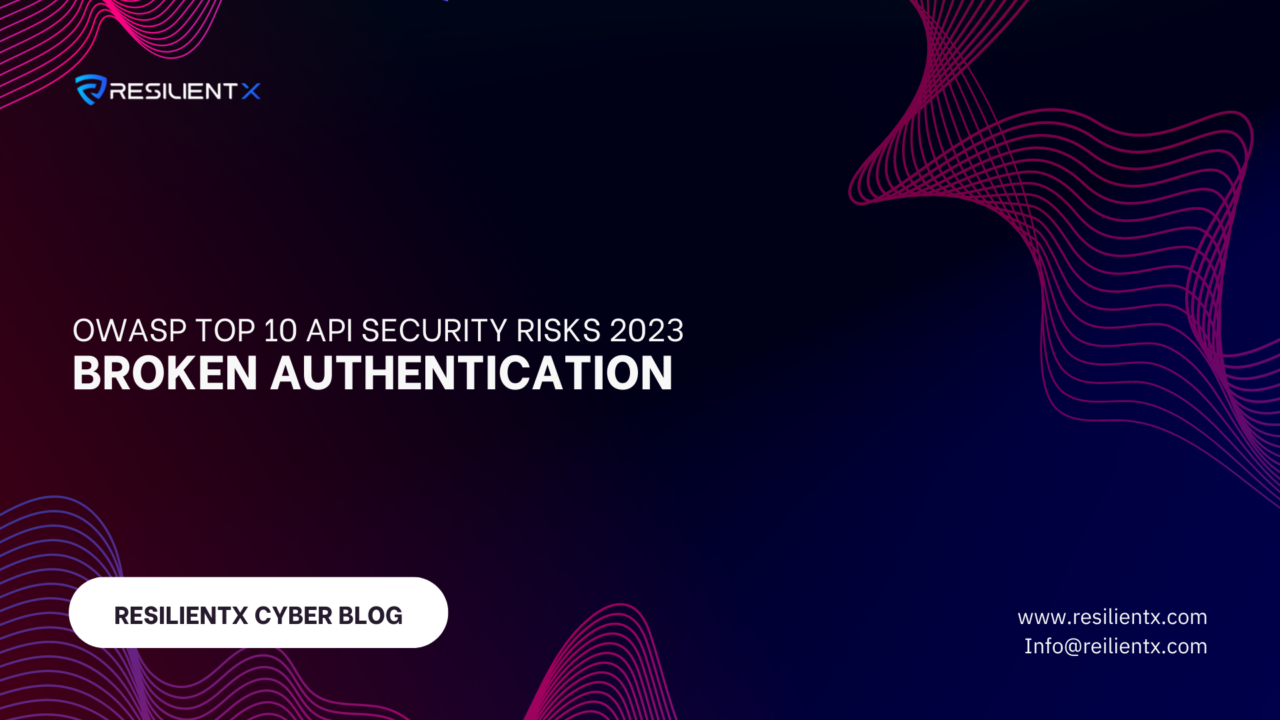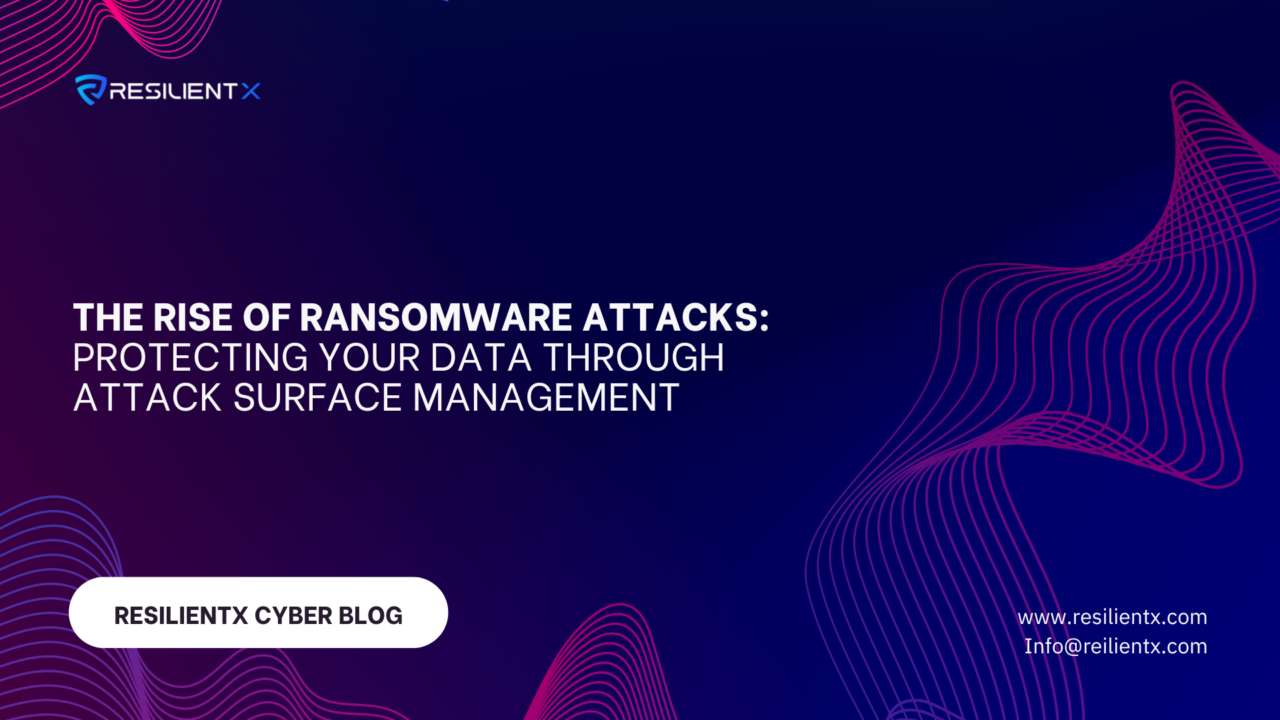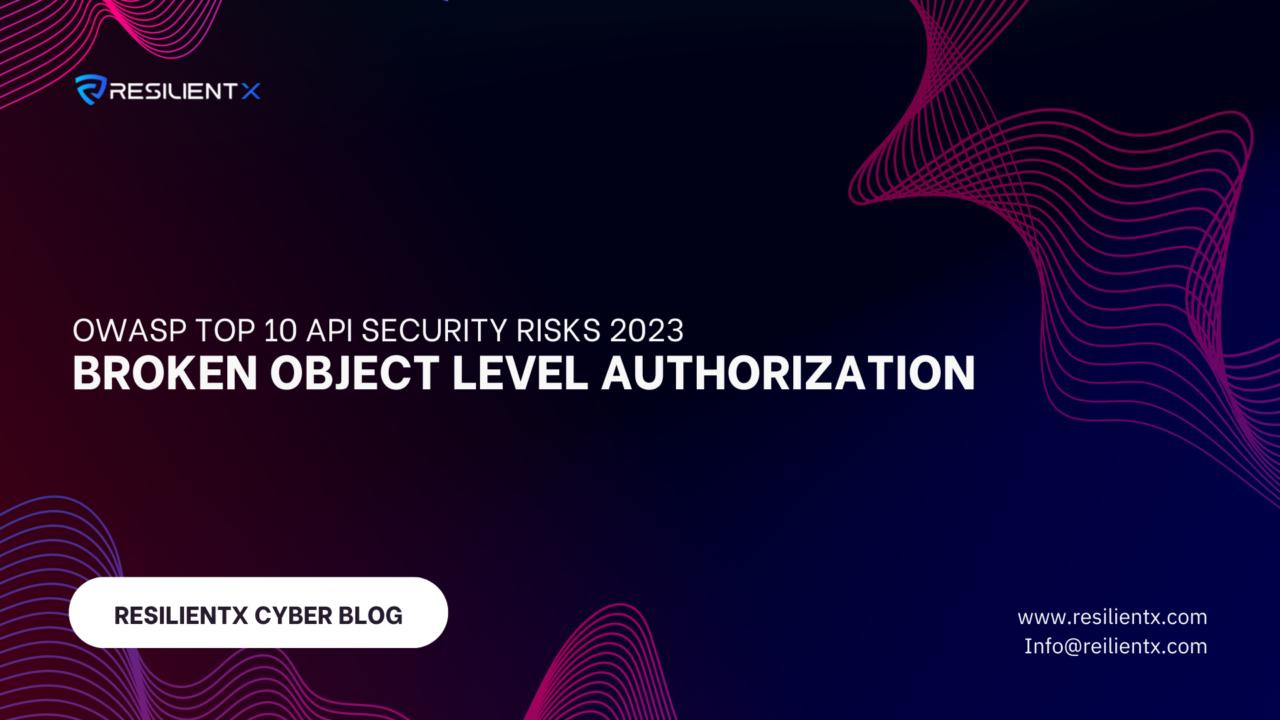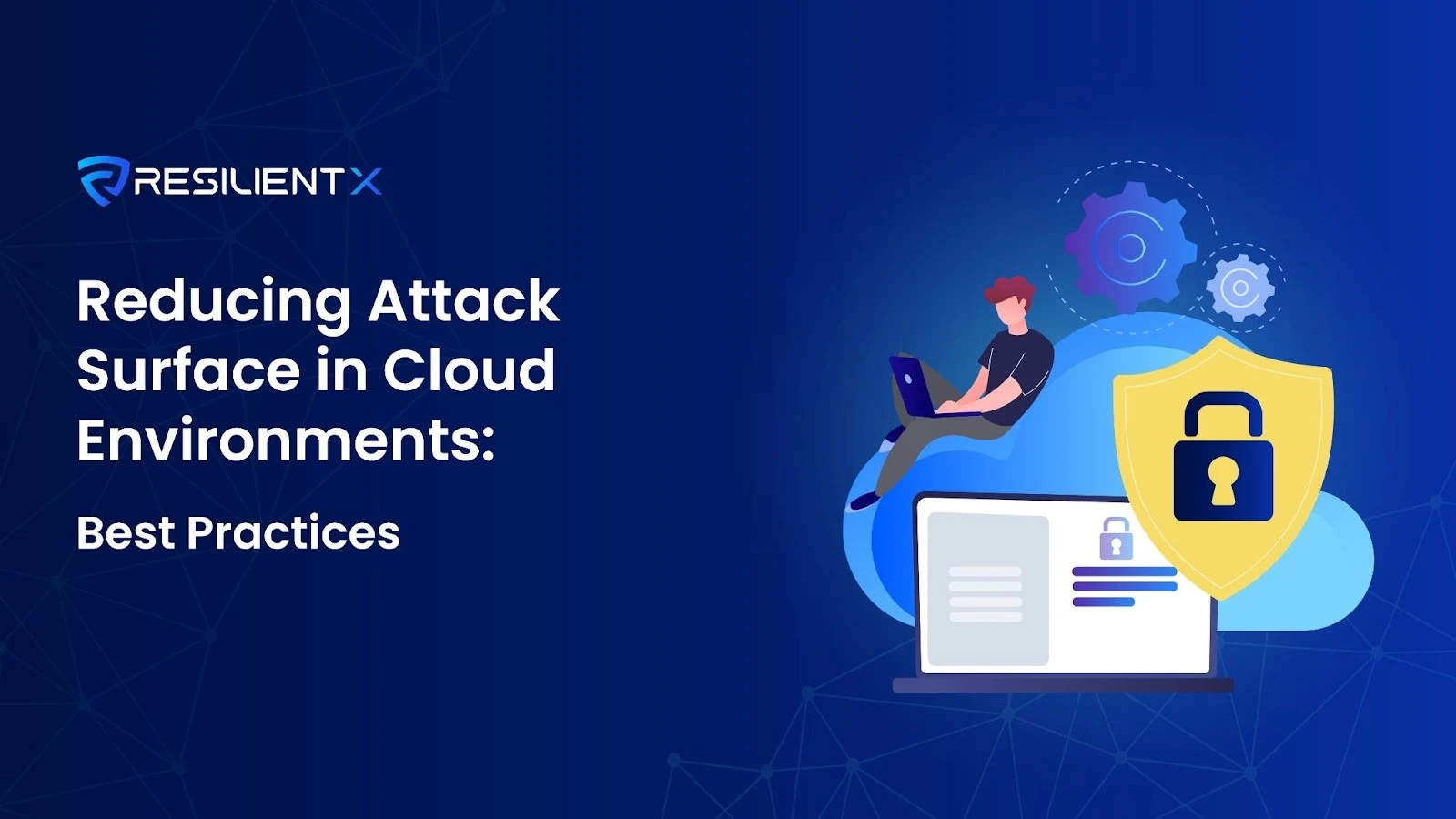
With the shift towards cloud computing, companies now face the critical task of managing their attack surface effectively. This concept, vital in the realm of cloud security, involves identifying and mitigating exposures that could be exploited by adversaries. As businesses increasingly rely on cloud services, the complexity and scope of their attack surface expands, introducing a variety of security risks.
Thus, the emphasis on attack surface management becomes paramount, not just as a technical necessity but as a strategic component to protect assets in a cloud-centric world. This approach, integrating cloud security measures, cloud vulnerability assessment, secure cloud configuration, and cloud infrastructure protection, forms the cornerstone of a resilient defense strategy against the evolving threats targeting cloud environments.
What Is A Cloud Attack Surface?
The cloud attack surface constitutes the sum total of all points within a cloud computing environment where unauthorized access could occur. This environment is made complex and vast through the adoption of various cloud service models, each adding its unique set of potential vulnerabilities and security challenges.
Cloud Service Models and Their Impact on the Attack Surface
Software as a Service (SaaS): SaaS offerings, where third-party vendors provide applications over the Internet, potentially expand the attack surface by introducing risks associated with data storage and management by external parties. Users and organizations rely on the security measures of these vendors to protect sensitive data.
Infrastructure as a Service (IaaS): This model gives users access to virtualized computing resources over the Internet. While IaaS provides flexibility and scalability, it also extends the attack surface to the virtual servers, storage, and networks provided by the service. Customers are often responsible for securing the operating systems, applications, and data running on the infrastructure.
Platform as a Service (PaaS): PaaS offers a development platform and a set of tools to build, test, deploy, and manage applications. This service model introduces security considerations around the development environment itself and the third-party services integrated into the applications.
Expansion Beyond Traditional Boundaries
The transition from on-premises IT infrastructure to cloud-based services marks a significant shift in how organizations manage their IT resources and, consequently, their security postures. In traditional setups, IT assets are contained within a controlled, on-premises environment, making it easier to monitor and protect.
However, with cloud computing, these resources are hosted on external platforms, often accessible via the public Internet, significantly increasing the potential for unauthorized access and attacks.
Historical Context and Evolution
The evolution of cloud computing, from the early days of SaaS applications like Salesforce to the comprehensive cloud offerings by Amazon and Google, illustrates the growing trust and dependency on cloud services.
This reliance has only intensified with recent trends such as hybrid workforces and the surge in Big Data analytics, further expanding the cloud attack surface.
Security Implications
With the broadening of the cloud attack surface, organizations face a myriad of security challenges. These range from data breaches and unauthorized access to sophisticated cyber-attacks targeting cloud-hosted applications and services.
The distributed nature of cloud services complicates the monitoring and management of security threats, underscoring the need for robust cloud security measures, cloud vulnerability assessments, secure cloud configurations, and cloud infrastructure protection.
Navigating Cloud Security: Managing the Attack Surface
Cloud environments have transformed the digital landscape, offering scalability, flexibility, and efficiency. However, this transformation comes with an expanded attack surface and unique vulnerabilities. This section delves into the critical aspects of cloud security, emphasizing the need for robust Attack Surface Management. Through structured analysis and strategic measures, organizations can mitigate risks and secure their cloud environments against potential threats.
The Expanding Cloud Attack Surface
The move to cloud computing inherently enlarges an organization’s attack surface due to the distributed nature of cloud resources. This expansion necessitates heightened security vigilance for several reasons:
- Misconfigurations: A primary vulnerability, the complexity and ease of setting cloud configurations can lead to minor errors with major implications, exposing sensitive data to unauthorized access.
- User Account Compromise: Cloud services require user profiles for access and management, making them prime targets for social engineering, credential stuffing, or brute force attacks.
These vulnerabilities highlight the precarious balance between leveraging cloud benefits and ensuring data security, stressing the importance of meticulous Cloud Security Measures.
Key Threats to Cloud Security
- Misconfigurations: Highlighting real-world incidents like the significant data breach at Twitch, this section underscores how simple setup errors can lead to substantial data exposure.
- Compromised User Accounts: Discussing the risks associated with the creation and management of user profiles in cloud services, it outlines how attackers can gain unauthorized access, leading to devastating breaches.
Challenges to Visibility and Control
- Low Visibility Over Cloud Assets: The lack of comprehensive understanding of an organization’s cloud footprint complicates the security of unseen resources, exacerbated by the proliferation of shadow IT.
- API Security Vulnerabilities: As critical connectors between cloud services and applications, insecure APIs can serve as entry points for attackers, enabling unauthorized access and lateral movement within the cloud environment.
Strengthening Cloud Security
To counter these threats, a holistic approach encompassing Attack Surface Management, Cloud Vulnerability Assessment, Secure Cloud Configuration, and Cloud Infrastructure Protection is essential. This strategy ensures comprehensive security measures are in place, safeguarding cloud environments from the myriad of risks they face.
- Diligent Attack Surface Management: A foundational step to understanding and minimizing potential entry points for attackers.
- Continuous Cloud Vulnerability Assessments: Essential for identifying and addressing security weaknesses within the cloud environment.
- Thorough Secure Cloud Configurations: Mitigates the risk of misconfigurations leading to unauthorized access.
- Robust Cloud Infrastructure Protection: Employs firewalls, encryption, and network segmentation to defend against intrusions.
By adopting these structured security practices, organizations can effectively manage their cloud attack surface, securing their digital assets against cyber threats. This strategic approach not only enhances security but also fosters trust in cloud technologies as a safe and resilient platform for business operations.
How to Reduce Your Cloud Attack Surface
As we delve deeper into the complexities of cloud security, understanding how to effectively reduce the cloud attack surface becomes paramount. With the right strategies in place, organizations can significantly mitigate risks and secure their cloud environments.
One of the most impactful steps toward achieving this goal involves the management and optimization of cloud configurations. Here are insightful tips on narrowing your cloud attack surface, starting with a crucial aspect: configuration security.
Conduct a Cloud Configuration Security Review
A proactive step in minimizing your cloud attack surface involves conducting thorough reviews of cloud configurations. Misconfigurations in cloud setups can inadvertently open the doors to potential security breaches. To combat this, leveraging automation for configuration reviews emerges as a highly efficient strategy.
Automated tools are adept at scanning cloud resources, pinpointing prevalent misconfigurations across access controls, networking setups, cloud storage, and virtual machines.
This automated approach is not just a luxury but a necessity, given that 80% of organizations report that manual reviews of a single cloud application’s infrastructure-as-code configuration can take upwards of 24 hours. By integrating automated configuration review tools, businesses can swiftly identify and rectify potential vulnerabilities, ensuring a more secure and resilient cloud infrastructure.
Enhancing Security with Multi-Factor Authentication
Hardening user accounts against potential compromises is a critical step in reducing your cloud attack surface, especially for business-critical SaaS and cloud services. Implementing Multi-Factor Authentication (MFA) stands out as one of the most effective measures in this endeavor.
MFA adds an essential layer of security by requiring additional verification beyond just the password, making unauthorized access significantly more challenging for attackers.
Even in scenarios where a threat actor might acquire a legitimate password, the absence of the required secondary form of evidence—be it a text message code, an authentication app notification, or a biometric verification—thwarts their attempts to infiltrate the account. Adopting MFA is not just a best practice; it’s a crucial defense mechanism that ensures a higher level of security for user accounts within the cloud ecosystem.
Applying the Principle of Least Privilege in the Cloud
Implementing the principle of least privilege is foundational to securing cloud environments. This best practice ensures that users and programs are granted only the essential privileges needed to perform their functions.
Crucial across all cloud computing aspects, from API configurations to user account permissions, it significantly minimizes the risk of privilege abuse following errors or security compromises.
By diligently applying this principle, organizations can protect sensitive data and critical systems from unauthorized access and potential takedown, creating a more secure and resilient cloud infrastructure that stands robust against cyber threats.
Strengthening Cloud Security with Network Segmentation
Adopting a defense-in-depth strategy is paramount in modern cloud security, aiming to prevent the spread of malware and cyber-attacks through multiple security layers. A critical component of this approach is network segmentation, which effectively controls traffic flow between cloud resources, the internet, and on-premises networks.
Implementing stateful firewalls, often available as cloud services, enhances this strategy by considering the state and context of network connections. By scaling network segmentation to the cloud, organizations can significantly reduce their attack surface, creating a more secure and controlled cloud environment that is resilient against potential threats.
Minimizing Public Exposure of Cloud Resources
A straightforward yet effective strategy for reducing your cloud attack surface involves limiting the number of resources accessible over public internet connections. Utilizing virtual private networks (VPNs) offered by leading cloud providers, organizations can enable their remote workforces to securely access necessary resources through private connections.
Additionally, access to cloud-stored data should be meticulously controlled, ensuring it’s not openly accessible simply via a URL. Implementing this approach necessitates comprehensive visibility into cloud environments, allowing for a precise evaluation and reduction of publicly exposed resources, thereby enhancing the overall security posture of cloud infrastructure.
Takeaway
When it comes to cloud computing, safeguarding your digital assets requires a proactive and strategic approach to security. By understanding and implementing the measures discussed—ranging from conducting cloud configuration reviews and enforcing multi-factor authentication to applying the principle of least privilege, deploying network segmentation, and minimizing public exposure of resources—organizations can significantly reduce their cloud attack surface.
These best practices not only enhance the security of cloud environments but also foster a culture of resilience and vigilance against the ever-evolving threats in cyberspace. As businesses continue to leverage the cloud for its flexibility and scalability, prioritizing these security measures will be key to maintaining trust and integrity in the digital ecosystem.
Elevate Your Cloud Security with Resilient X
Are you ready to take your cloud security to the next level? Resilient X offers state-of-the-art solutions designed to protect your cloud environment against the most sophisticated cyber threats. Our comprehensive suite of tools and services, coupled with industry-leading expertise, ensures that your organization’s cloud infrastructure is robust, secure, and resilient against attacks.
Don’t wait for a breach to expose vulnerabilities in your cloud setup. Book a demo with Resilient X today and discover how our tailored solutions can help you achieve a secure and compliant cloud environment, empowering your business to thrive in the digital age.
